“You don’t improve your life by doing more. You improve it by doing less of what doesn’t matter.” – Cory Allen
We’re bringing back our premium newsletter
Starting this February, we’re reintroducing our premium newsletter on Substack. It will dive deep into the principles of minimalism and simplicity, exploring their influence across life, design, and culture.
Before we launch, we’d love for our community to help shape the content.
What topics interest you most? Let us know! You can reply directly on Substack or email us your thoughts.
Thank you for your input — we can’t wait to hear from you!
Mental minimalism
Minimalism has evolved. It’s not about clearing out closets, removing clutter from your countertops, donating a few things, and finding an excuse to buy that cool Rothko-style print you’ve had your eye on. Now, it’s about something deeper. It’s about paring down the mental, emotional, and habitual clutter that we carry with us through our day.
The things we own — our physical objects — weigh us down. We become attached to them because they are psychologically connected to the time, place, and who we were when we bought them. For some, getting rid of objects feels like getting rid of a memory, and that makes it feel like we are letting go of a part of our identity.
The truth is we treat our thoughts the same way. And you’d better believe that they are way heavier than any object we own. But — like with physical minimalism — if we can learn to let go of our looping worries, outgrown habits, and unprocessed emotions, we can bring a spaciousness into our lives that provides an unmatched level of freedom, peacefulness, and clarity.
Applying minimalism from the inside out
Step 1: Simplify your thoughts
Our minds are amazing processing machines. But they’re hoarders. Old worries, random to-dos, bad memories, existential dread—it all piles up, adding noise and tension to our mental landscape. To start clearing away some of that clutter, try these two exercises:
Mind sweep: Each morning, do a “mind sweep” by writing down everything floating in your head. No structure, no rules — just empty it all out on paper. Think of this like dusting your kitchen table, wiping your countertops, or brushing off your front porch. It’s a way to invite the freshness of today by clearing out what yesterday left behind.
Set thought boundaries: Become aware of when your mind spins off into unproductive loops and gently steer it back. When you notice this happening, consciously slow down and choose to point your focus elsewhere. Doing this is a way to keep your mind from going down a rabbit hole of distraction. Be stubborn about it. No matter how many times the negative thought arises, keep pointing your focus at another task, thought, or action. Eventually, the unhelpful thought will evaporate.
Step 2: Release old habits
We often hold on to habits that don’t serve us anymore, staying stuck in these routines because they’re familiar or we think they define us. But minimalism asks us to let go of what’s unnecessary, freeing up space for us to live lighter lives. Mental minimalism is no different. By releasing old habits, we will allow who we are today to thrive by saying goodbye to what we grasp that is no longer in alignment.
Evaluate your routines: Look at the small, daily habits you follow without thinking. Ask yourself if they’re still contributing to your well-being or if they’re just running on autopilot. If you notice you’re doing things “just because,” then stop. Like ordinary minimalism, if your behaviors aren’t serving a positive purpose, then you should let them go.
Replace, don’t just remove: Of course, no one is expecting you to get rid of all your habits because some habits are good—great, even. Mental minimalism is about letting go of outdated habits and replacing them with helpful ones. For example, you could replace endless scrolling with 10 minutes of intentional breathing or a short walk. Rather than firing up Netflix before bed, spend that time stretching so you’ll sleep well and feel good the next day.
Step 3: Let go of emotional baggage
Minimalism also helps us release emotional weight. Mentally hoarding past disappointments, negative ways of thinking of ourselves, toxic relationships, and unresolved feelings can create invisible clutter that shapes our experience of the present. Learning to identify, release, and move on from these thoughts is not only a beautiful form of healing but a way to positively alter your view of the future.
Name what you’re holding: Sometimes, simply identifying what you’re carrying—anger, regret, sadness—can be enough to start letting it go. When you feel a negative emotion or thought, sit with it for a moment. Don’t immediately shut it down. Get curious. Allow yourself to feel it. Let it speak to you. By doing this, you’ll be able to hear what your subconscious is trying to get you to process, and that’s the first step to letting go.
Practice small releases: Instead of aiming to “move on” from something entirely, start with small releases. Realistically, it takes a while for heavy thoughts to process. You often have to go through multiple rounds of noticing them, sitting with them, and intentionally letting them go before they are gone for good. Journaling, meditation, or focused self-reflection can help you process emotions in gentle and manageable ways.
Words by Cory Allen
01 – Journal
Read entries from the archive of the Minimalism Life® community journal
The burden of attachment — All attachment leads to suffering
Words by Joshua Fields MillburnAttitudes of gratitude — A December gratitude challenge to usher out the year
Words by Alicia Woodward
Online congruency — Your online persona should be a mirror of you, and nothing to be ashamed of
Words by Joshua Fields Millburn
Share your story
Do you have an interesting story you would like to share on minimalism.com? We want to read about it. You have the opportunity write about your experience of how minimalism has impacted your life and get your words published in our community journal.
02 – Minimal art
From our curated gallery
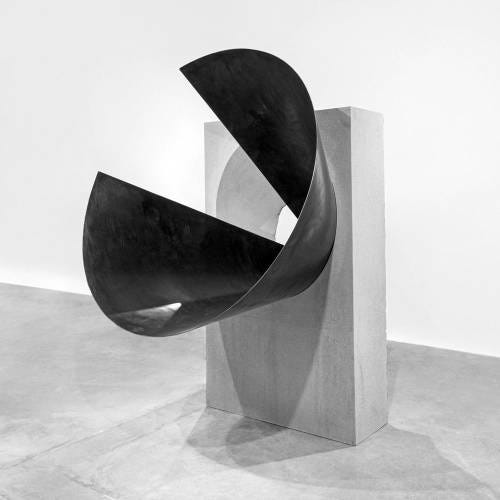
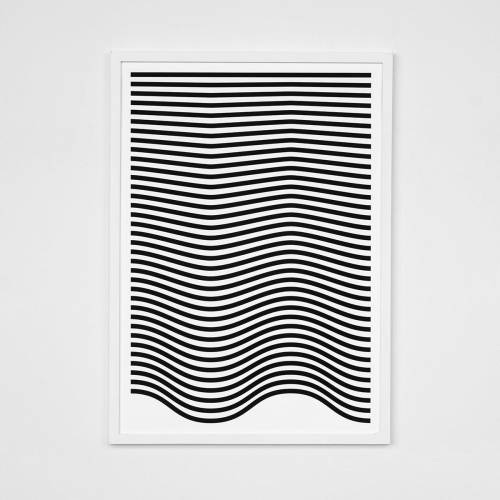
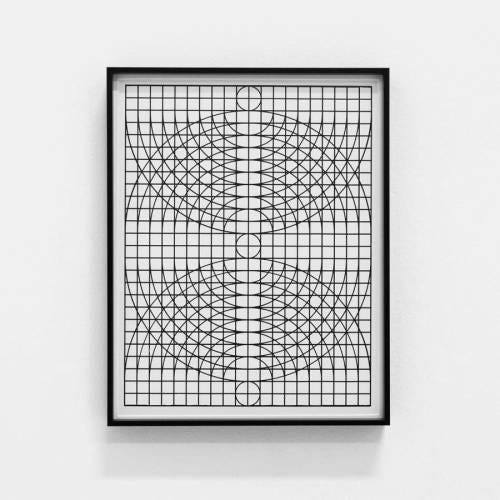
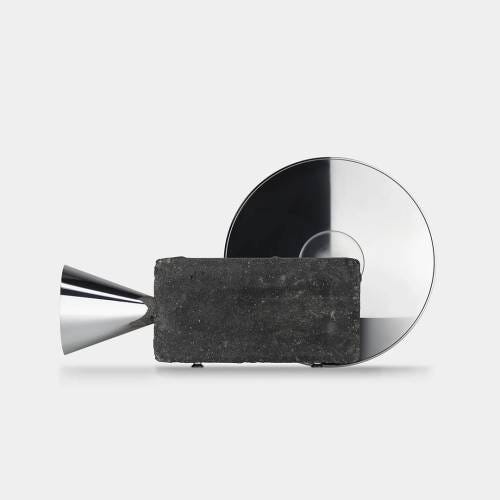
03 – Minimal design
Explore our list of curated design resources
Ledger flex (hardware)
Dieter Rams on system furniture (video)
Ex-formation by Kenya Hara (book)
04 – Minimal lifestyle
Explore our list of curated lifestyle resources for simple living
05 – Shop
Discover our hand-picked minimalist products in the Minimalism Life® shop
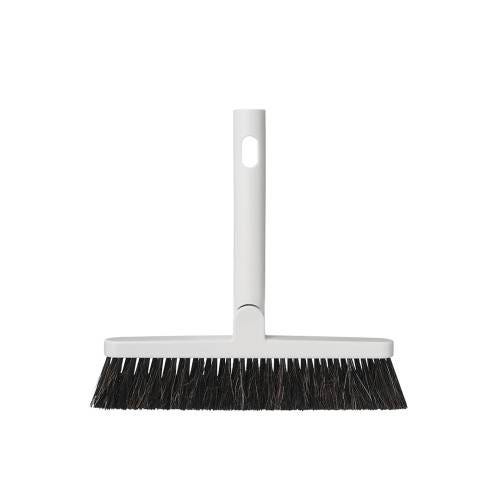
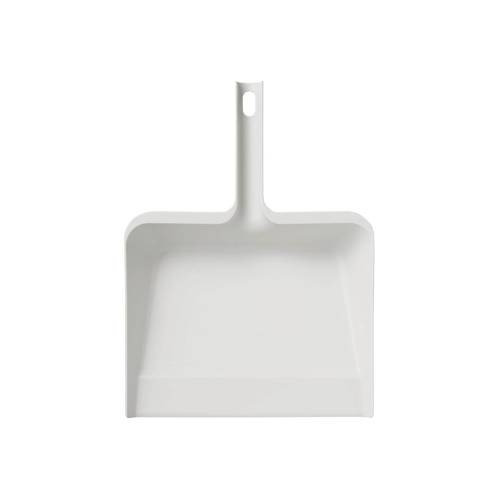
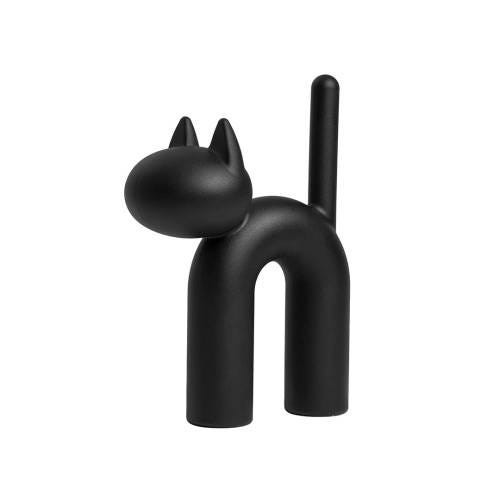
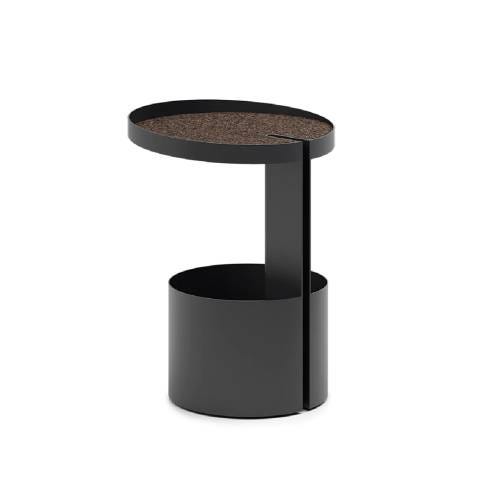
06 – Brands anchored by simplicity and sustainability
Minimalism can be about frugality and owning less, but it can also be about supporting ethical brands with sustainability at their core. Here’s several that you might be interested learning more about:
CLAE: Minimalist footwear from LA
Luca Faloni: Luxury Italian men's clothing
Collars&Co: Minimalist polo shirts
Dalgado: Timeless accessories made to last
JAK: Portuguese leather sneakers
Monbrey: classic timepieces
Oliver Cabell: Minimalist Italian footwear and accessories
Nordic Knots: Rugs inspired by the beauty of the Nordic light
CDLP: Luxury essentials
Meller: Minimal shades
The Resort Co: Eco-conscious and artisan vacation wear
Steele & Borough: Vegan, lightweight and water repellant bags
Void Watches: Simple Swedish timepieces
Wahts: Minimal monochromatic menswear
Floyd: Unique and distinctive travel cases
Mismo: Bags and accessories from natural materials
ASKET: Ending fast fashion by making covetable everyday essentials
Stiksen: Premium caps from Sweden
Discover more minimal brands on minimalism.com



Great! Now I'm having racing thoughts. Namaste, Cheers and Excelsior!